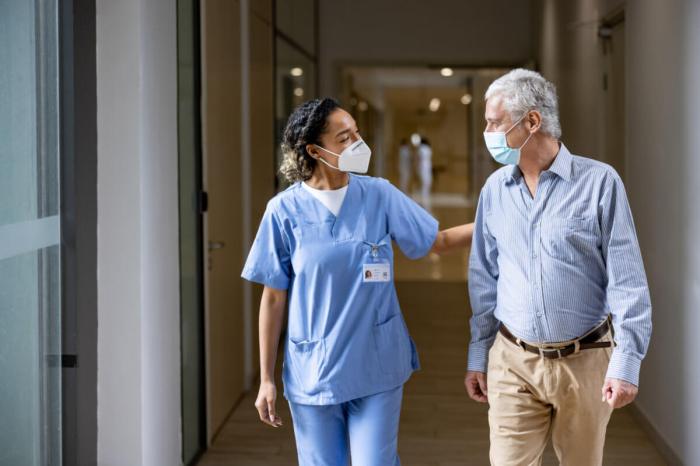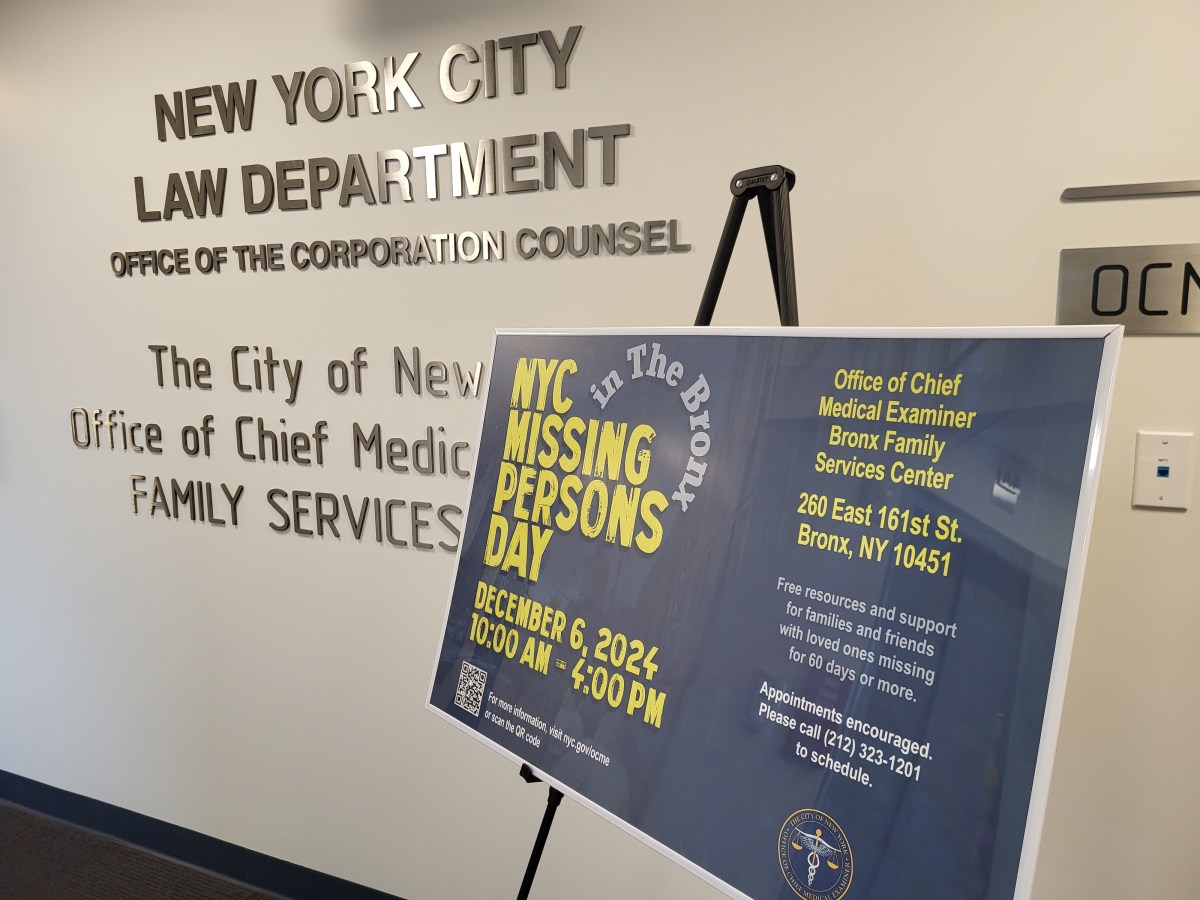The HIV/AIDS epidemic on Long Island remains one of the largest in the United States and in New York. In fact, although we hear very little about it, more than 6,200 people are infected on Long Island, second only to New York City in the state.
Gov. Andrew M. Cuomo has unveiled a plan to end the AIDS epidemic in New York, and this week he announced he was adding $200 million in resources to the cause. The goal is to reduce the number of new HIV infections to just 750 by 2020 and achieve the first-ever decrease in HIV prevalence in the state. This includes identifying people with HIV and linking them to care and treatment, maintaining regular contact with health providers to achieve viral suppression, and making access to pre-exposure prophylaxis (better known as PrEP, an
FDA-approved medication to prevention transmission of HIV) easy and affordable.
On Friday, as part of this effort, Hofstra University and Pride for Youth, a program of the Long Island Crisis Center, will present the results of a sexual health prevention and behavior survey of 215 young gay and bisexual men from Nassau County. Nationwide, young gay and bisexual men account for 72 percent of new HIV infections among 13- to 24-year-olds, and 30 percent of new infections among gay and bisexual men, according to the Centers for Disease Control and Prevention.
Some interesting findings from our survey include:
- 36 percent did not tell their health provider about their sexual orientation.
- 33 percent did not ask the HIV status of the last person with whom they had sex.
- Most men reported having sex up with up to three partners in the last year.
- 29 percent hadn’t been tested or were tested once for HIV in the last two years (CDC guidelines recommend sexually active gay men be tested every three to six months).
Those of us who work in HIV/AIDS prevention, care, and treatment hope to use the survey results to develop better strategies to help all those at risk of infection protect themselves.
Getting tested, using male and female condoms correctly (the most effective protection against HIV and other sexually transmitted diseases), and considering biomedical interventions such as PrEP (which is designed primarily for people at very high risk of sexual exposure to HIV) remain the most effective methods to reducing the rates of this disease nationwide. The education may need to start in the doctor’s office: The CDC recently reported that a third of primary care providers had never even heard of PrEP.
The survey’s data are important to medical and social service providers on Long Island who serve young adult populations as well as members of the lesbian, gay, bisexual, queer/questioning (LGBTQ) community. Establishing local best practices for HIV prevention, especially for the LGBTQ community, will equip county and other local providers with the data they need to better design programs.
More than three decades after the first cases of AIDS were reported in the United States, the fundamental message remains the same, as does the challenge to communicate it clearly.
Get tested regularly. Know your status. Correctly and consistently use condoms and other forms of prevention. These are things, as our survey results show, we still don’t do well enough. If we did, we would not have an HIV/AIDS epidemic today.
Anthony J. Santella is an assistant professor of health professions at Hofstra University, and a former director of HIV Policy, Planning and Implementation at the New York City Department of Health and Mental Hygiene.































